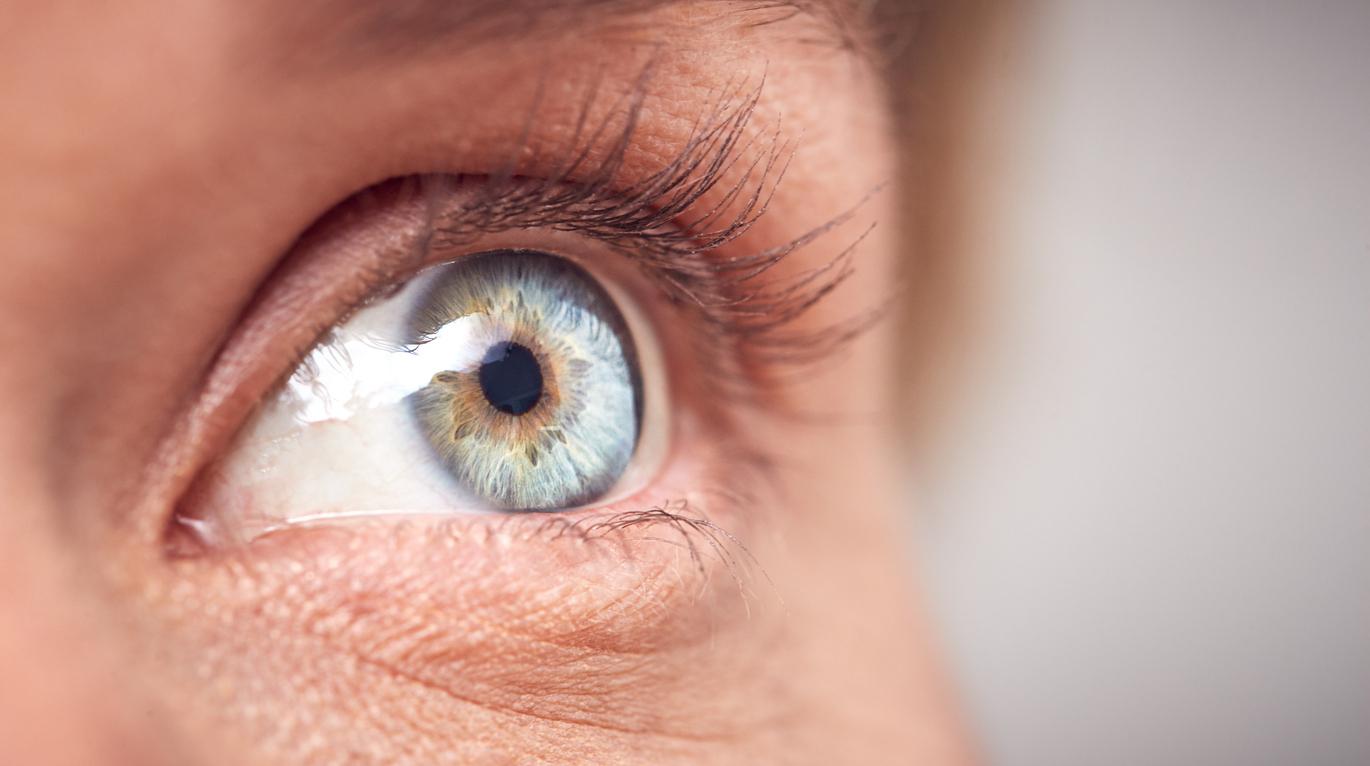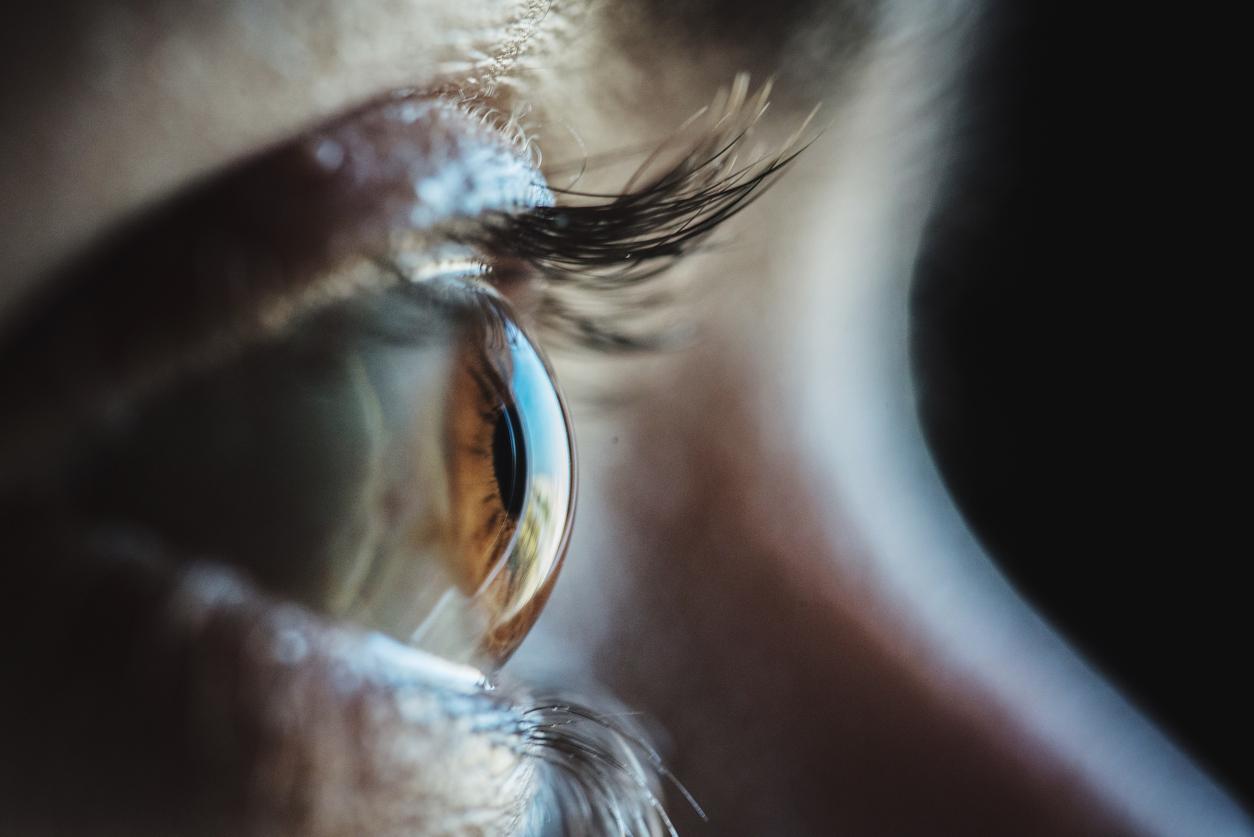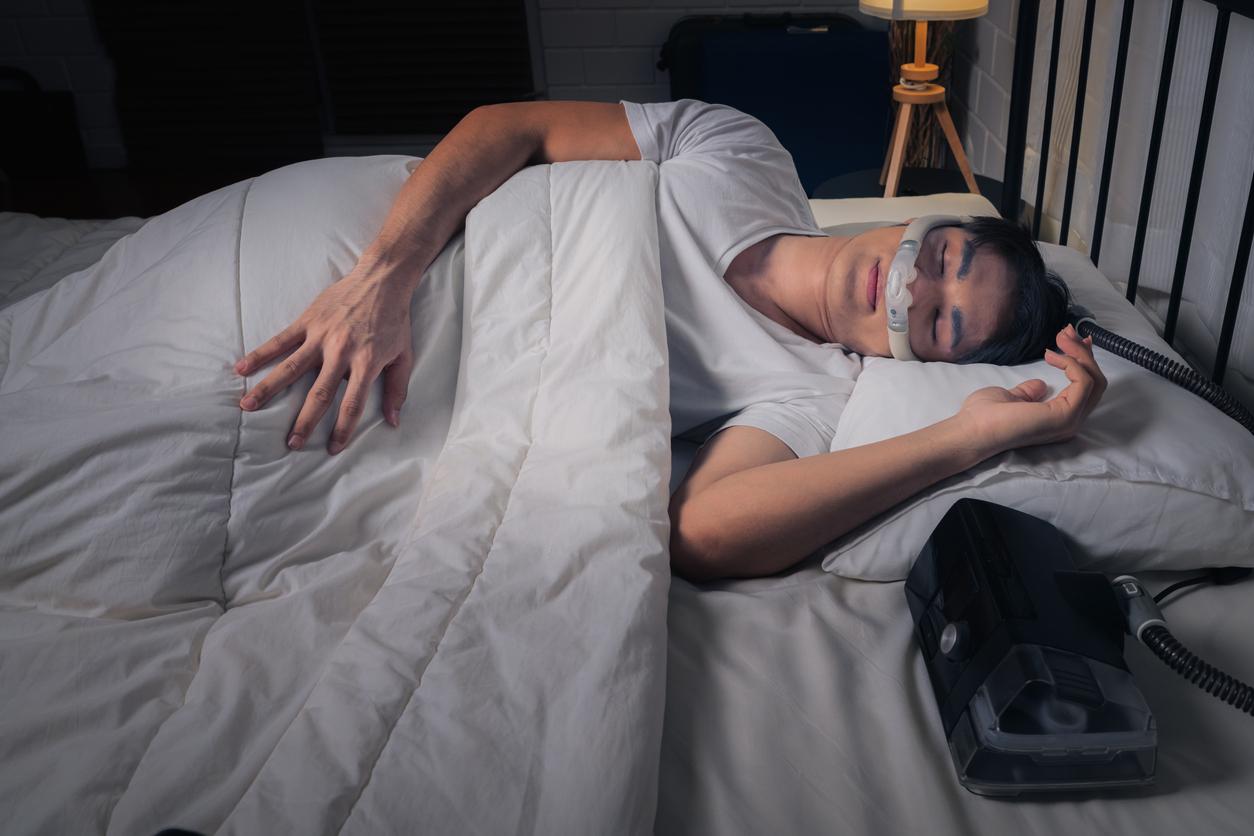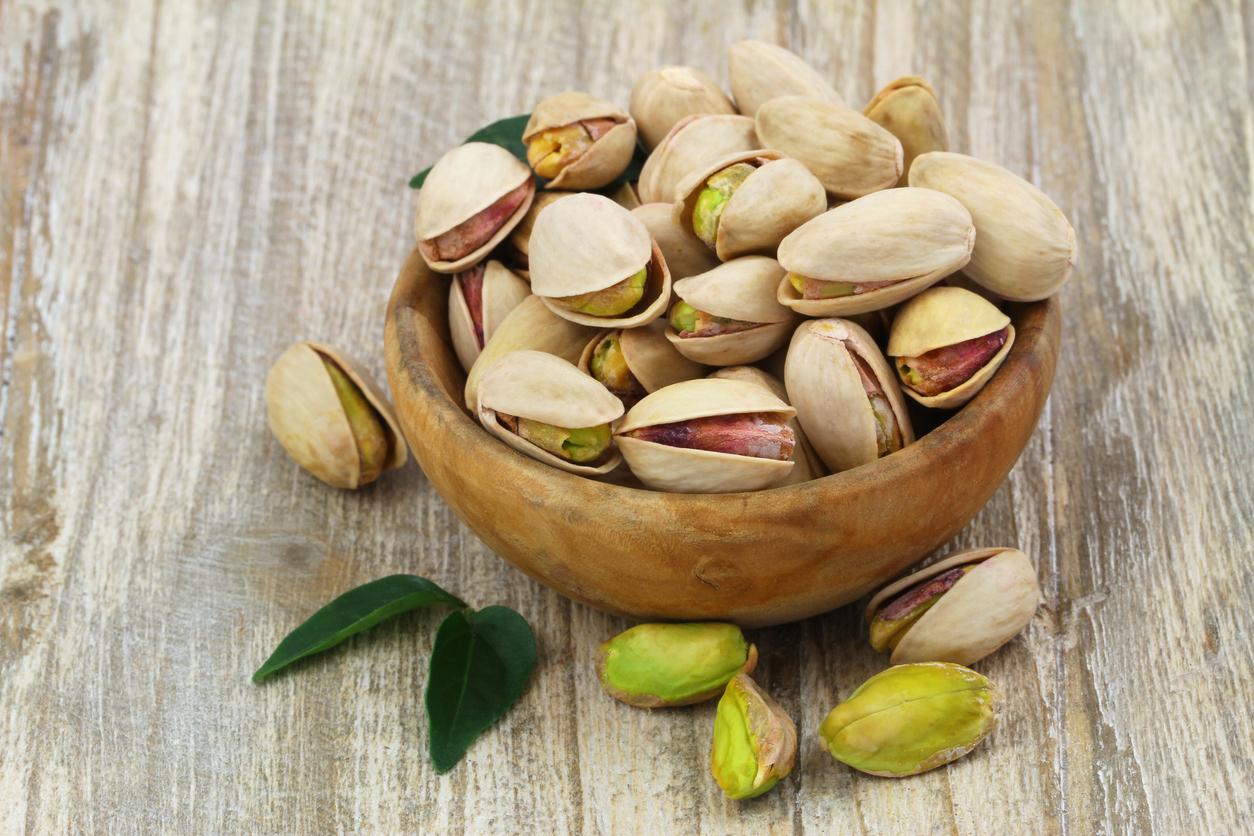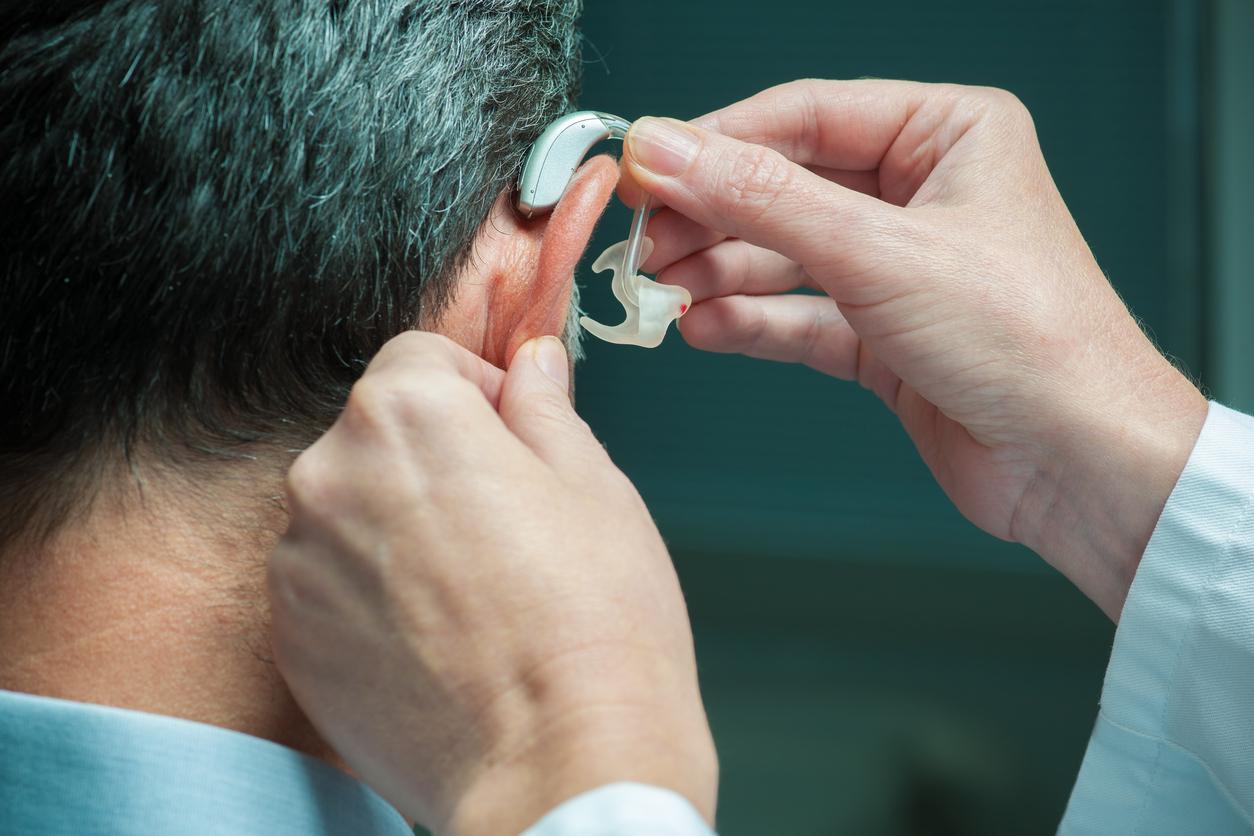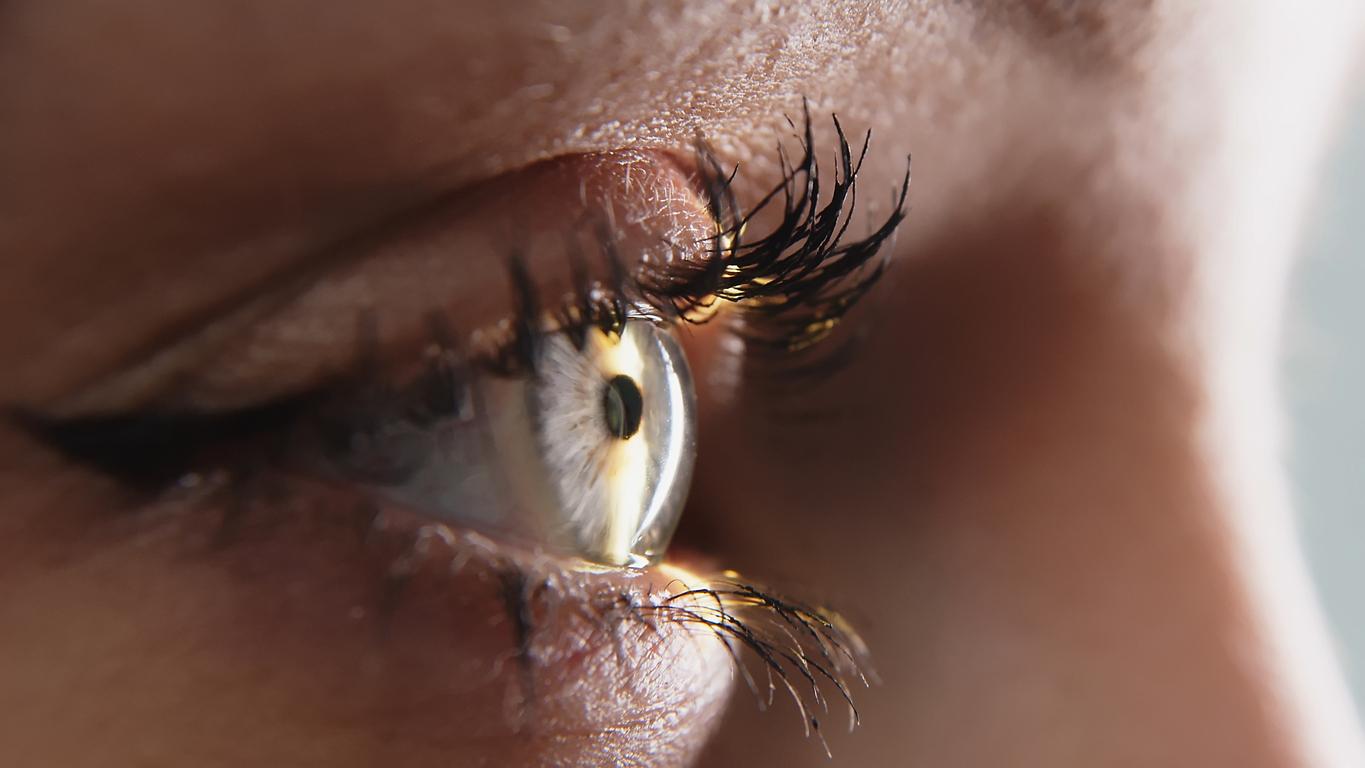“Red light” therapy could reduce the risk of vision loss and slow the progression of the most common form of age-related macular degeneration.
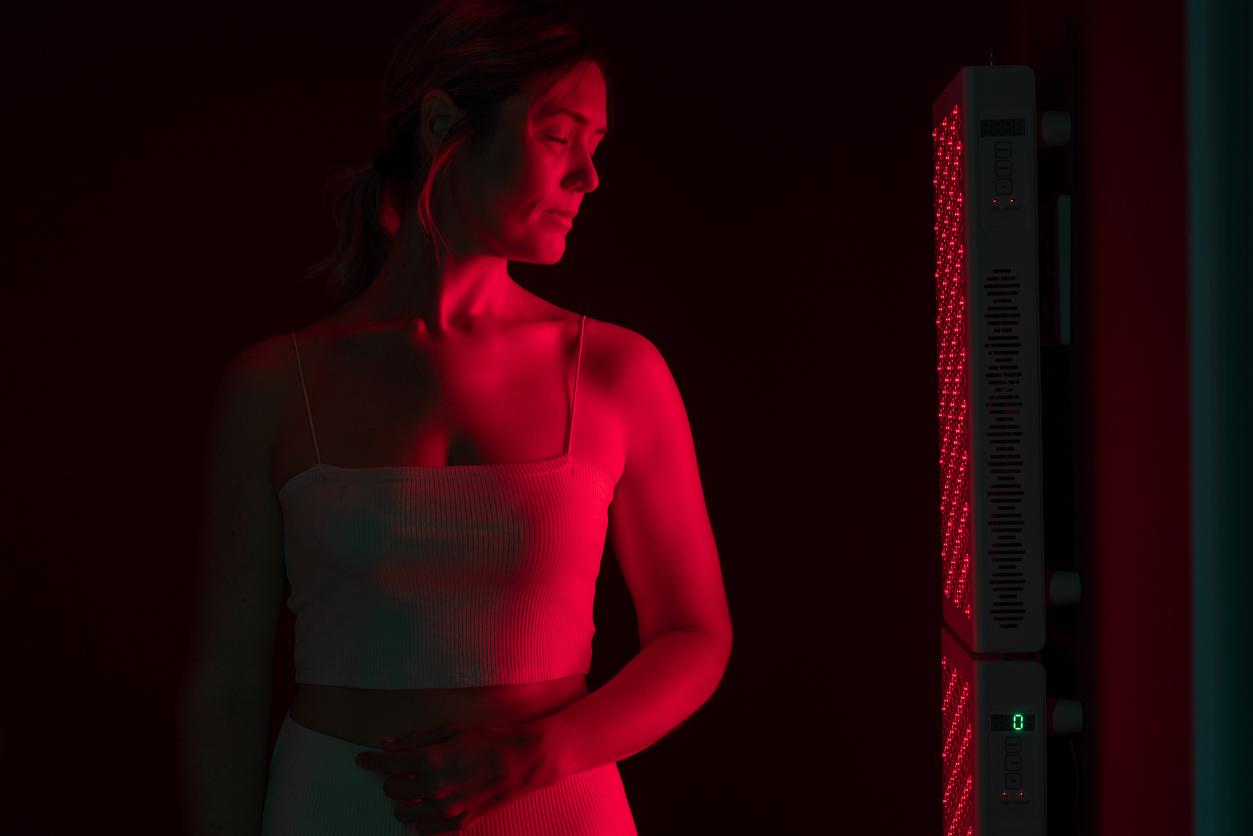
- Light therapy, also called “photobiomodulation” or “red light” therapy, uses different wavelengths of light to improve the function of cells in the retina, keeping them healthy for longer.
- In people with so-called “dry” age-related macular degeneration, it helps improve vision.
- This technique, already used to treat diabetic retinopathy, also reduces the progression of AMD towards geographic atrophy, the last stage of this eye disease.
It is the leading cause of visual impairment among people over 50. Age-related macular degeneration (AMD) is a chronic disease of the central area of the retina, called the macula. Its most common form is the so-called “dry” form, of which around eight out of ten people are affected. In this case, patients slowly lose central vision as the macula thins and accumulates tiny clumps of proteins called “drusen.” Unlike adults suffering from “wet” AMD, those with the “dry” form have few options to protect their vision, “apart from changes in their diet and lifestyle”, according to David Boyer who works at Retina-Vitreous Associates Medical Group in Los Angeles (United States).
“Dry” AMD: 100 patients benefited from light therapy sessions or a placebo
In a recent studythe researcher and his team wanted to determine whether light therapy, already prescribed to treat eye diseases such as diabetic retinopathy, was effective against the “dry” form of macular degeneration. As a reminder, this technique, also called “photobiomodulation” or “red light” therapy, uses different wavelengths of light to improve the function of retinal cells, keeping them healthy for longer. To test the effectiveness of light therapy, scientists recruited 100 people with high-risk dry AMD. Participants were divided into two groups and had to receive either photobiomodulation or a placebo. The treatment was administered three times a week for three weeks, repeated every four months.
Better vision and reduced AMD progression to geographic atrophy
After two years, 53% of patients receiving light therapy experienced a significant improvement in their vision measured by an ophthalmological chart. In comparison, 18% of volunteers in the placebo group noted a significant drop in the results of their eye test. Adults receiving “red light” therapy also saw a 73% reduction in progression to geographic atrophy, the final stage of AMD, while those untreated experienced a 24% increase in progression. of the disease.
“This is promising news for patients who typically experience slow, progressive vision loss year after year. The U.S. Food and Drug Administration is expected to decide in December whether to approve photobiomodulation for the treatment of dry AMD,” declared David Boyer, author of the study, whose results, presented during the annual meeting of the American Academy of Ophthalmology in Chicago, should be considered preliminary until published in a peer-reviewed journal.










